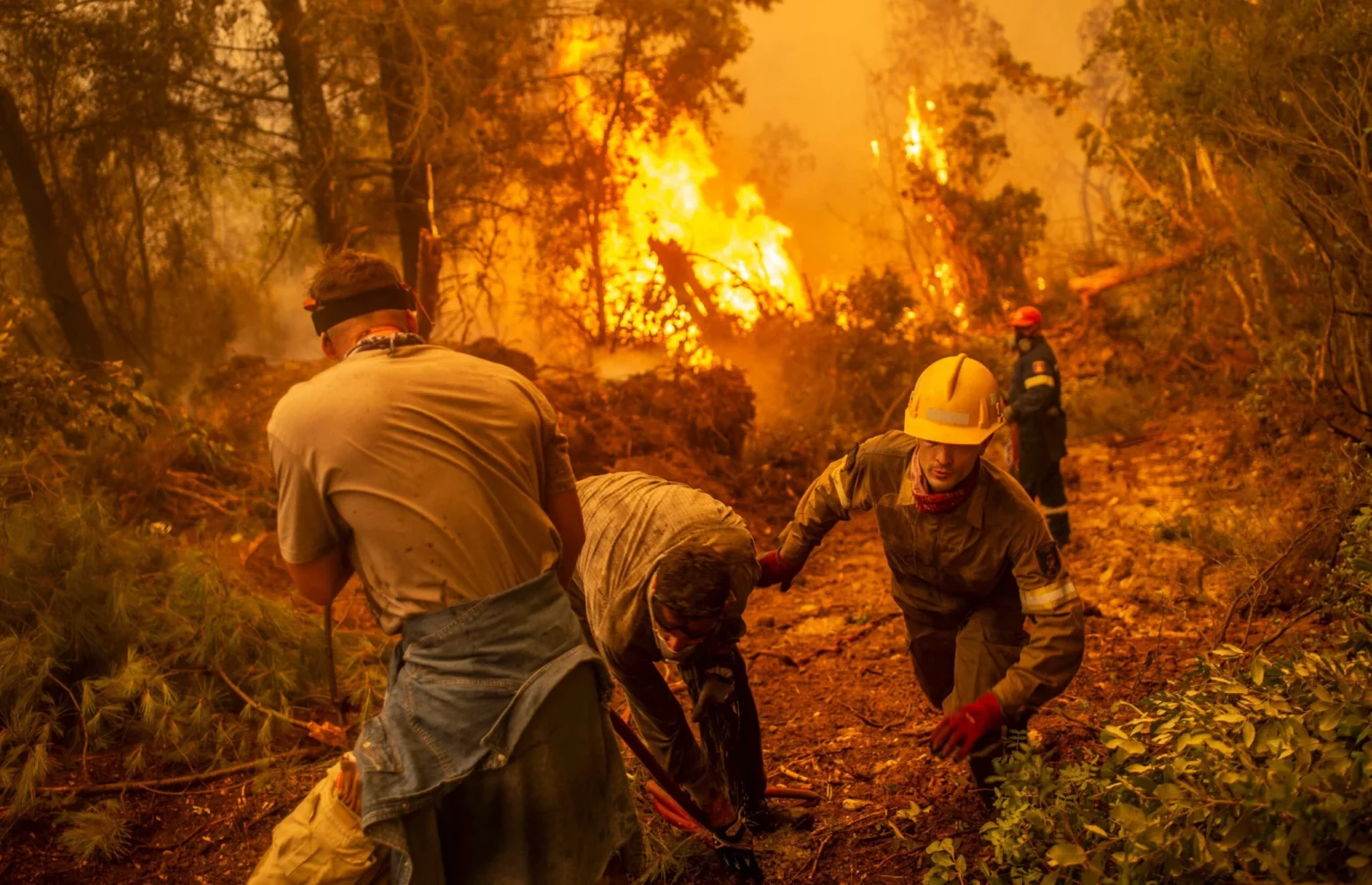Yellowknife, the capital of Canada’s Northwest Territories, is in the throes of a crisis as a menacing wildfire from the Behchoko/Yellowknife area threatens to engulf the city. With over 20,000 residents in harm’s way, authorities have issued a mandatory evacuation order, compelling residents to flee to safety. The escalating inferno has prompted widespread concern, forcing officials to take swift action to avert a potential catastrophe.
The Northwest Territories government, in conjunction with local authorities, declared a state of emergency on Wednesday as the situation escalated. The wildfire, which has demonstrated unprecedented intensity, is inching perilously close to the city, leaving little room for hesitation.
Evacuation efforts have been underway since the announcement, with an unprecedented number of residents embarking on an urgent exodus. The affected areas encompass Yellowknife and nearby regions, including First Nations communities. The imminent threat posed by the fire has created a sense of urgency, spurring officials to implement swift and decisive evacuation measures.
The evacuation order, issued by the minister of municipal and community affairs, mandates that residents vacate the area by noon on Friday. The timeframe underscores the urgency of the situation, with fears that the fire’s advance could breach city limits if unchecked by rainfall over the weekend.
Reports indicate that more than 230 active fires are currently ravaging the region, putting immense pressure on firefighting teams. The inferno’s rapid spread necessitates immediate action to ensure the safety of residents and protect property.
Satellite images from Tuesday provide a sobering visual of the devastation, as the fires burn out of control, encircling Yellowknife. Authorities and firefighting teams are working tirelessly to contain the blaze, using a combination of aerial firefighting efforts and ground-level tactics.
Protective measures within Yellowknife itself include activating sprinklers and establishing fuel breaks along critical routes to mitigate the fire’s potential impact. However, the urgency of the situation and the fire’s unpredictable behavior continue to challenge authorities.
The evacuation process, though swift, has not been without its challenges. Social media platforms have been flooded with images and videos capturing the chaos of bumper-to-bumper traffic as residents navigate the smoke-laden roads in a bid to reach safety. The urgency of the situation is palpable, with individuals navigating through dense smoke and charred landscapes.
Kimberly Benito, a resident of Yellowknife, shared her evacuation journey, documenting both the awe and fear of witnessing the fire’s devastating impact. For those unable to travel by road, evacuation flights have been arranged, prioritizing individuals with health vulnerabilities. However, air quality concerns have led authorities to discourage the use of boats for evacuation.
Municipal Affairs Minister Shane Thompson’s declaration of a state of emergency underscores the gravity of the situation. Yellowknife, once associated with mining and now a cultural hub, faces a profound challenge as it confronts these unprecedented fires. While immediate peril to the city is assessed as relatively low, the evacuation order has been issued as a precautionary measure.




